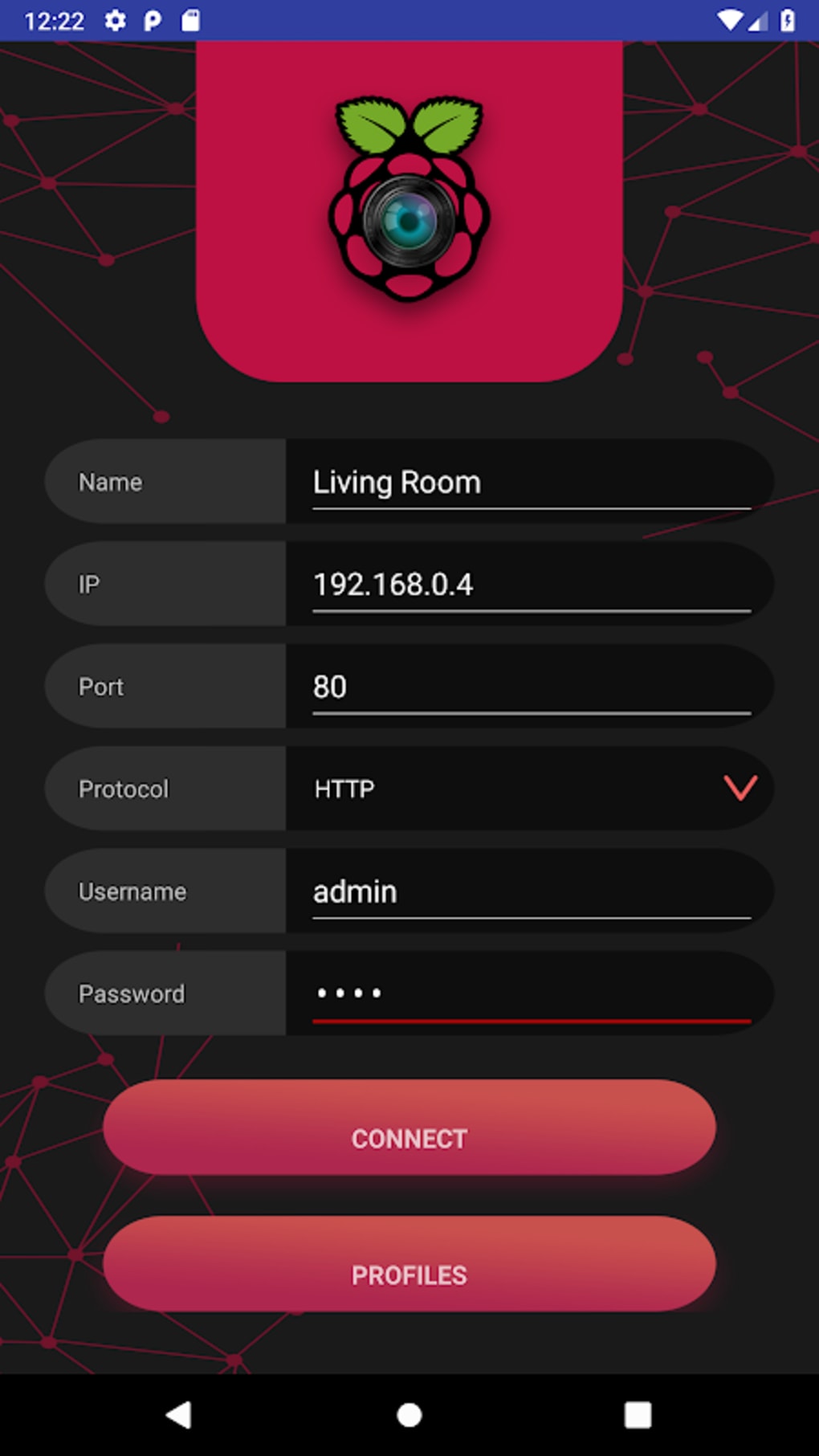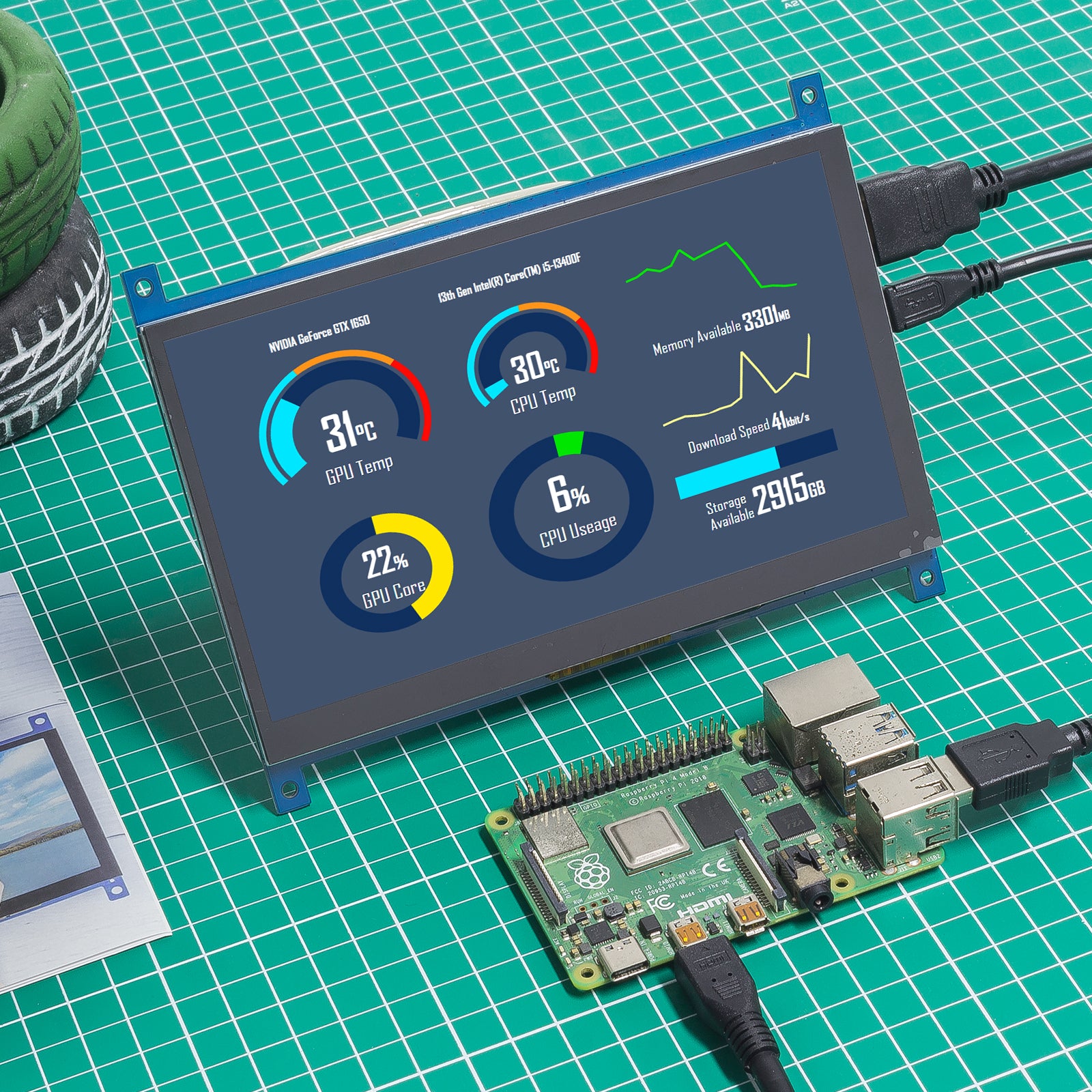Master Your Raspberry Pi: Remote Monitoring & Management Guide
Can a tiny, credit-card-sized computer truly revolutionize how you manage your digital life, offering unprecedented control and accessibility? The answer is a resounding yes, as the Raspberry Pi, combined with the power of remote monitoring, opens up a world of possibilities for hobbyists, professionals, and anyone seeking to optimize their technological ecosystem.
The Raspberry Pi, a marvel of modern technology, has transcended its humble beginnings as an educational tool to become a versatile workhorse in various applications. Its compact size, affordability, and adaptability make it an ideal platform for a wide array of projects, from home automation and server management to robotics and even inventory control. This article explores the transformative potential of the Raspberry Pi, particularly in the context of remote monitoring, and provides a comprehensive guide to harnessing its power.
The ability to remotely monitor your Raspberry Pi has become an indispensable skill in today's interconnected world. Whether you're overseeing a home automation system, managing a personal server, or operating a surveillance setup, the capacity to access and control your Raspberry Pi from any location is invaluable. This remote accessibility grants you the power to diagnose issues, implement updates, and ensure the smooth operation of your digital infrastructure, all without being physically present. It's like having a digital command center at your fingertips, empowering you to proactively manage your devices and respond to any situation with ease.
At the heart of this capability lies the use of remote monitoring apps. These applications act as a window into your Raspberry Pi's inner workings, providing real-time insights into various system parameters. From CPU and memory usage to network activity and temperature readings, these apps offer a comprehensive overview of your device's performance. This wealth of information allows you to identify potential problems, optimize resource allocation, and prevent downtime. With the right monitoring tools, you can transform your Raspberry Pi into a remotely manageable powerhouse, capable of adapting to your needs and evolving alongside your projects.
One of the most practical applications of the Raspberry Pi is its integration into inventory management systems. By leveraging the Raspberry Pi's capabilities, businesses and individuals can monitor stock levels, track assets, and automate reorder processes with remarkable efficiency. Imagine a system where your inventory data is constantly updated, where low stock alerts are automatically generated, and where reordering is initiated with minimal human intervention. This level of automation can significantly reduce operational costs, minimize stockouts, and improve overall inventory control. In addition, you can develop scripts that can be run with the "picontrol" app, provided by "picockpit" to customize inventory management systems.
The potential of the Raspberry Pi extends beyond mere monitoring and management. It can be utilized to create highly customized systems that meet your specific requirements. By leveraging the power of free monitoring tools, users can craft tailored solutions that cater to their unique needs. Whether it's monitoring temperature and humidity in a greenhouse, tracking server performance metrics, or analyzing network activity patterns, the Raspberry Pi empowers users to build systems that seamlessly integrate with their digital environment.
A straightforward method for monitoring your Raspberry Pi involves using the Linux Dash dashboard. Alternatively, you can implement a simple ping check or establish an SSH connection to execute the "top" command. Furthermore, a Python script, executed every 60 seconds, can transmit system data via MQTT (Message Queuing Telemetry Transport). This approach offers flexibility, allowing you to choose the monitoring method that best aligns with your skill set and project requirements.
For those seeking advanced control and efficiency, utilizing a Raspberry Pi system monitor remote app is highly recommended. These applications empower you to transform your tiny computer into a remotely manageable powerhouse. Many options are available, including tools like htop and picockpit, which can be installed from the official repository and GitHub to enhance features and capabilities.
This approach offers several benefits. Firstly, it eliminates the need to SSH directly into the operating system, providing a more user-friendly and accessible monitoring experience. Secondly, it allows you to monitor a wide range of parameters, including temperature, humidity, server performance, and network activity. For example, system usage data can be displayed directly within your home automation system, providing a centralized view of your device's status. Furthermore, the use of MQTT discovery simplifies the setup process, eliminating the need for extensive configuration within your home assistant if discovery is enabled. The system was developed to monitor drones via remote IDs and is designed to be easily extended with additional formats as well as sniffing types.
Consider the scenario where you want to generate webhook alerts to your Slack app when your Raspberry Pi's CPU or memory usage surpasses a certain threshold, such as 80%. By utilizing the Python's standard library "psutil," you can effectively read and monitor the CPU, memory, disk, and network usage. To get started, simply install the "psutil" Python library by running the appropriate command on your Raspberry Pi. This opens up the possibility of proactive monitoring and automated responses to potential issues.
The utilization of a Raspberry Pi system monitor remote app offers greater control and efficiency in managing your devices. With the right tools, you can transform your tiny computer into a remotely manageable powerhouse. This guide dives deep into how you can leverage a free remote monitoring app to take full control of your Raspberry Pi system. Furthermore, several tools and software, like htop and picockpit, are available in the official repository and on GitHub and can be installed to provide additional features and capabilities.
One popular application is using the Raspberry Pi for home automation, creating a central hub for controlling lights, appliances, and other smart devices. Another application is setting up a media server, allowing you to stream movies, music, and other media to your devices. A Raspberry Pi can also be used as a network-attached storage (NAS) device, providing a centralized location to store and access files. Furthermore, the Raspberry Pi can be used for security and surveillance, setting up a home security system or a network of surveillance cameras. In addition, the Raspberry Pi can be used for robotics and STEM education, providing a platform for learning about programming, electronics, and robotics.
Moreover, the Raspberry Pi's versatility makes it an excellent choice for software development. The low cost and open-source nature of the Raspberry Pi make it an ideal platform for experimenting with different programming languages, operating systems, and software projects. You can develop scripts and applications for inventory management, home automation, and various other purposes, and then run them on your Raspberry Pi. In addition, you can deploy custom monitoring tools to keep track of system performance, resource usage, and network activity. You can also utilize the Raspberry Pi for web development, using it as a web server to host your websites and web applications. As a development platform, the Raspberry Pi provides a hands-on learning experience, enabling you to build your skills and create innovative solutions.
In this article, we will explore nine such tools, and we will also highlight how you can leverage a free remote monitoring app to take full control of your Raspberry Pi system. Whether you're managing a home automation system, running a server, or operating a surveillance setup, the ability to access your Raspberry Pi from anywhere is invaluable. These apps can monitor a wide range of parameters, including temperature, humidity, server performance, and network activity.


